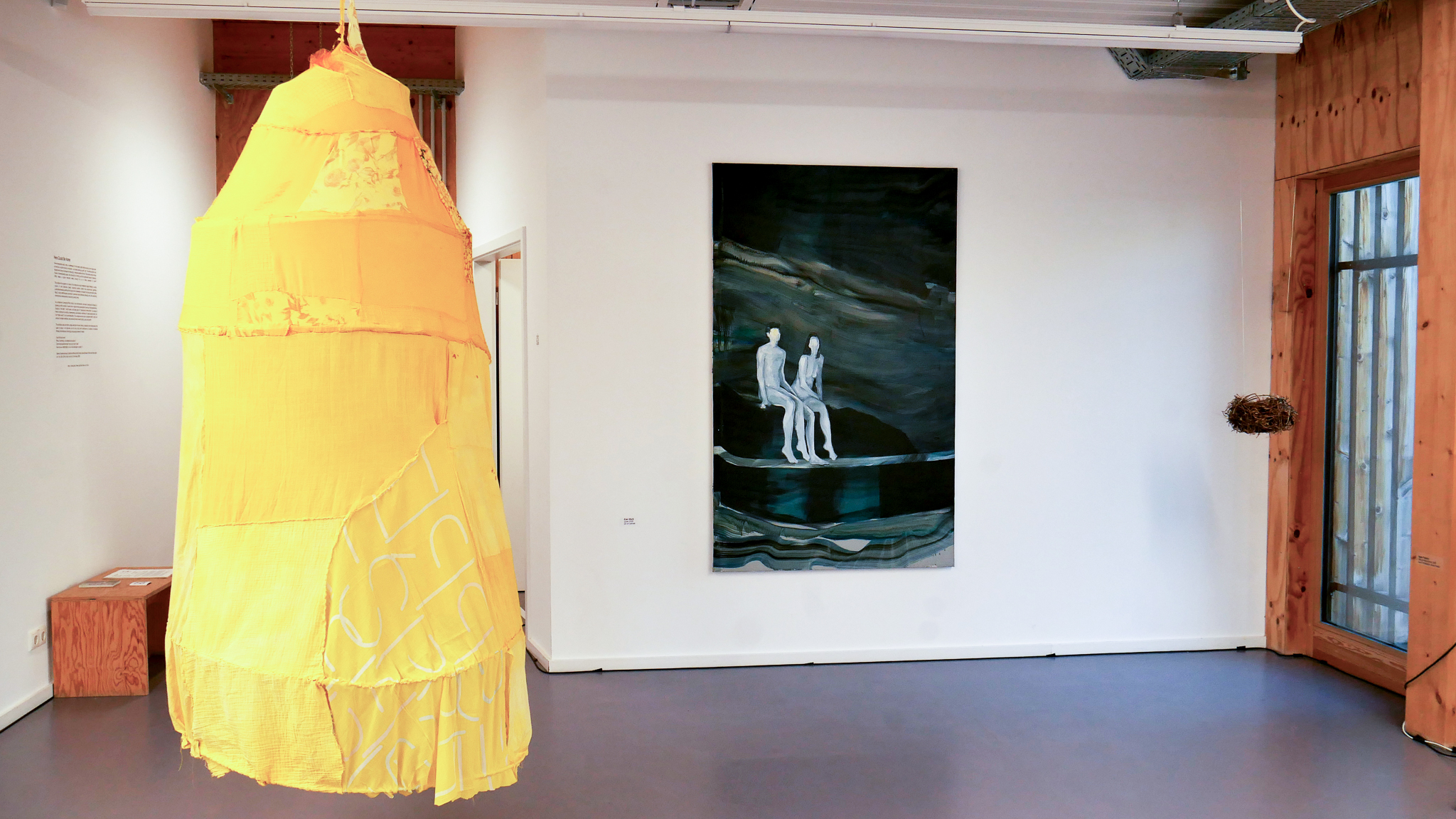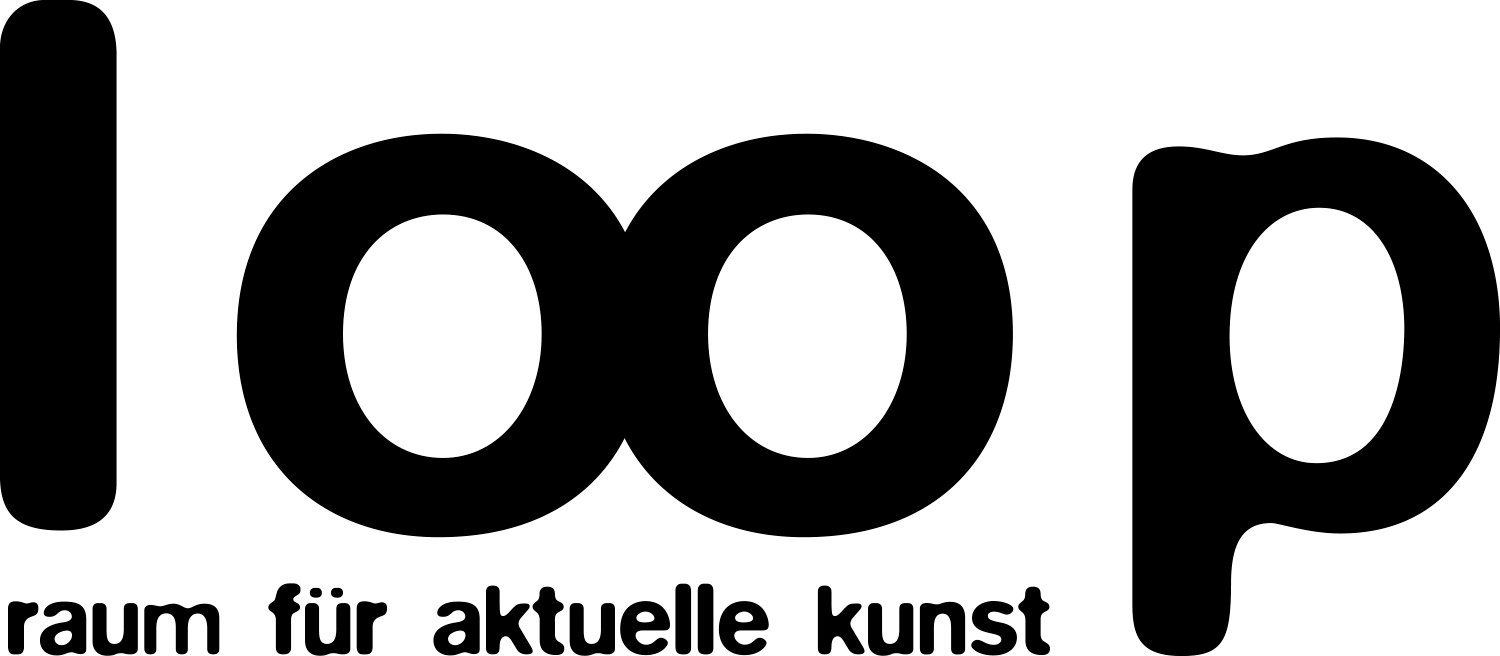Here Could Be Home
Agata Feledyn
Weronika Gołaś
Allen Mack
Julia Marchowska
Bartłomiej Mikuła
Jakub Wójcik










| The discursive format “Moving Grounds”, developed as part of the B-Part Exhibition, explores the expansion of the concept of art in an experimental context. The group exhibition “Here Could Be Home” marks the fourth exhibition in this series and is dedicated to the concept of home - not just as a place, but as a changing state characterized by sensations and personal resonance. Six Polish artists explore the ephemeral nature of belonging through immersive installations, sensory interactions and intimate narratives. Together, they address the central question of the exhibition: What is it that makes a space resonate with us so strongly that we allow ourselves to arrive there? The group exhibition explores the intersections of space and identity as well as permanence and transience. It addresses the (im)possibility of feeling at home everywhere and the striving for a place of belonging. The works reveal personal rituals of spatial domestication, address the physicality of rootedness and the fleeting traces of presence. The artists explore the concept of home from their individual perspectives - be it through interactive sound installations (Agata Feledyn), textile cocoons that symbolize care and warmth (Weronika Gołaś), sculptural shelters made from used clothing (Julia Marchowska), paintings that explore the in-between in search of identity and home (Allen Mack), body performances based on personal rituals (Bartłomiej Mikuła), or contemplative films that question consciousness and identity (Jakub Wójcik). Each individual work contributes to a web of relational intimacy and fleeting belonging, creating new connections and interactions in space and inviting viewers to reflect: Could this be a form of home? What ways are there to create a home? How permanent is this state? Ultimately, the exhibition does not offer a uniform definition of home, but rather presents diverse layers that address the search, moments of discovery and loss. The collective of six young artists share a similar background and the dynamics of changing futures for their generation: “We grew up with a multitude of open doors that remained closed to previous Polish generations. Studies in the 'West', world travel, the desire to become part of the 'international community' - our sense of home is characterized by mobility, transience and access, by tales of 'great opportunities' and a 'better world' elsewhere. The compass that emerges is light and permeable, its edges seem undefined, but it continues to revolve around the need for rootedness and belonging. We ask ourselves what awareness and what boundaries go hand in hand with this.” The B-Part Exhibition space accompanies the future development of the Urbane Mitte Am Gleisdreieck with artistic autonomy and thus at the same time enters into a dialogue with the overarching themes of the overall project - forms of New Work, Co-working, Culture and Sport - and creates synergies between artistic, cultural and social approaches. The artistic director of the B-Part Exhibition is Rüdiger Lange (loop - raum für aktuelle kunst). |
|---|
